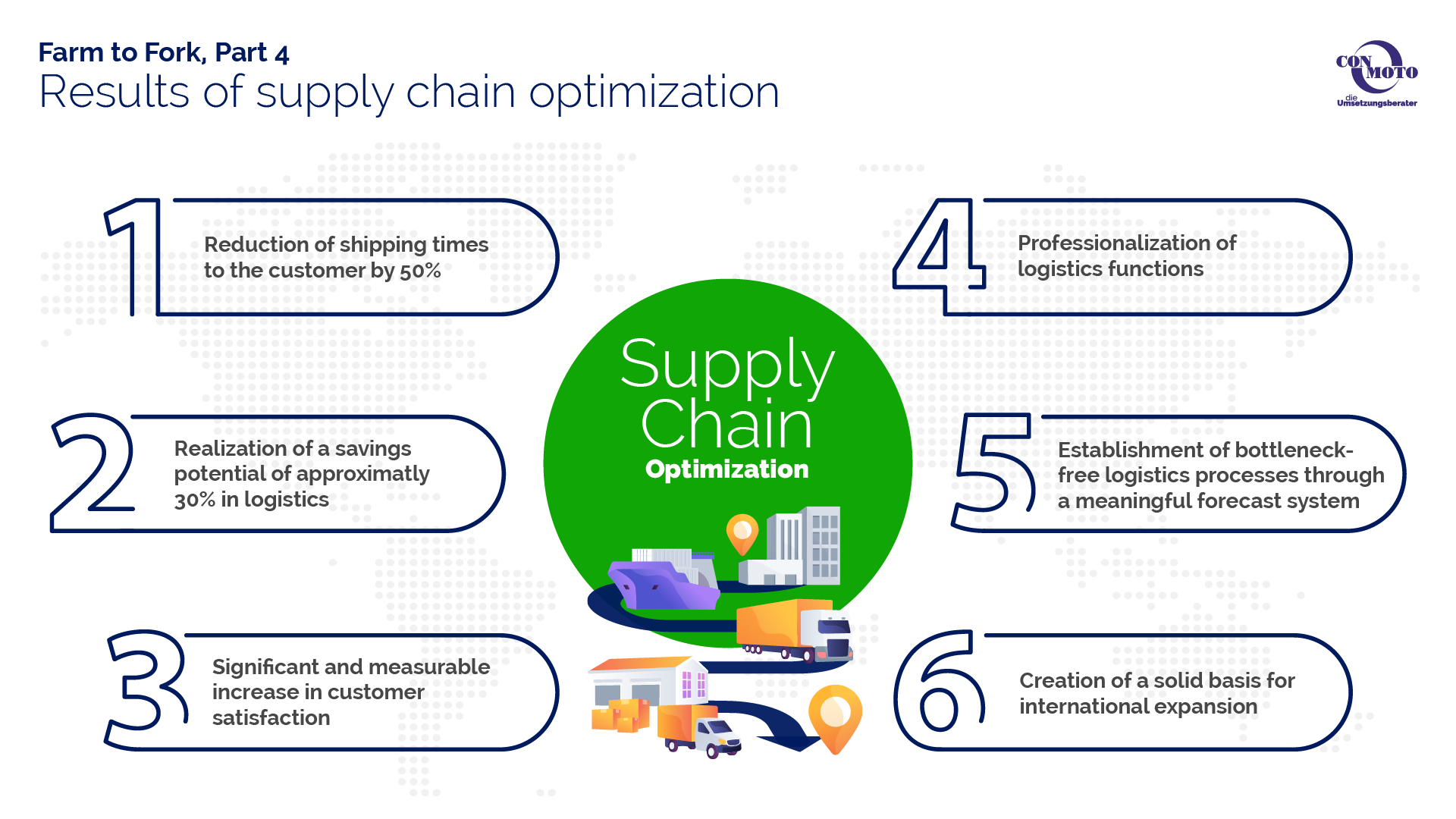The ConMoto series “From Farm to Fork” highlights the entire value chain related to food industry: Whether it’s agricultural machinery necessary for sowing and harvesting, the production of seeds or the production of frozen products – to name just a few examples. Along this value chain, digitalization and online business are becoming increasingly important. A supply chain geared to this is elementary for the success of a company, especially in the case of highly volatile sales. If a company is not prepared for a short-term fluctuation of customer orders, this leads to major challenges along the supply chain.
A lack of transparency in the supply chain or supplier bottlenecks, for example, can lead to delivery problems and high order backlogs if suppliers cannot adjust their capacities quickly enough. Incoming customer orders can then not be processed and delivered promptly, leading to unexpected waiting times and customer dissatisfaction. It is ConMoto’s mission in such situations to design the optimal supply chain for the company, create transparency along the supply chain, optimize processes and involve supply partners to mitigate potential delivery backlogs or prevent them from occurring in the first place.
Overarching strategy for the supply chain and procurement
Optimizing all processes along the supply chain is a matter of strategy: only by taking a cross-functional view of supply chains and purchasing can disruptions be prevented or eliminated as quickly as possible. Following a detailed analysis of the current processes he most important steps on the way to an optimal supply chain are:
- Definition of business model & core competencies
- Transparency of the supply chain as well as the processes
- Optimization of existing structures and processes
- Decision on outsourcing of non-strategic competencies (make-or-buy)
- Definition of required services
- Search for new contractors & suppliers
ConMoto supports your company in strategy development and ensures the sustainable and successful implementation of the strategy. During this process we draw on our experience from numerous implementation projects.
Sustainable solution implemented to eliminate supply bottlenecks
In one such project we supported a start-up that was experiencing exponential revenue growth of 300 to 400 percent annually. However, this extraordinary growth led to major supply chain issues. Increasing delivery times and decreasing customer satisfaction became a risk for the young brand. At this point ConMoto was commissioned to analyze the weak points and find a sustainable solution for the company. The initial analysis revealed, among other things, a great dependence on a central supplier, who was also entirely responsible for warehousing, order processing and shipping. Missing structures and processes made fulfillment inefficient and expensive.

A supply chain strategy was designed that met the company’s strategy and strong growth was designed in three workshop sessions. Among other things, the decision was made to cooperate with an experienced and established fulfillment provider. Consequently, the project team prepared a selection of potential service providers. The next steps were the preparation of tender documents and negotiations with the service partners during the selection process. After the final selection and the signing of the contract with the new logistics partner, the ConMoto team accompanied the process design in the fulfillment center as well as the roll-out and the definition of the interfaces.
The customer’s internal structure was adapted at the same time, establishing a small, powerful team to manage the entire supply chain. To this end a supply chain cockpit was set up to calculate key performance indicators and to identify problems in the supply at an early stage. A newly developed rolling forecast also provided suppliers with a medium-term outlook, so that they were not surprised by short-term volume increases and call-offs.
This holistic supply chain concept led to a significant stabilization of the supply chain and a general professionalization of processes along the entire supply chain.



 Deutsch
Deutsch